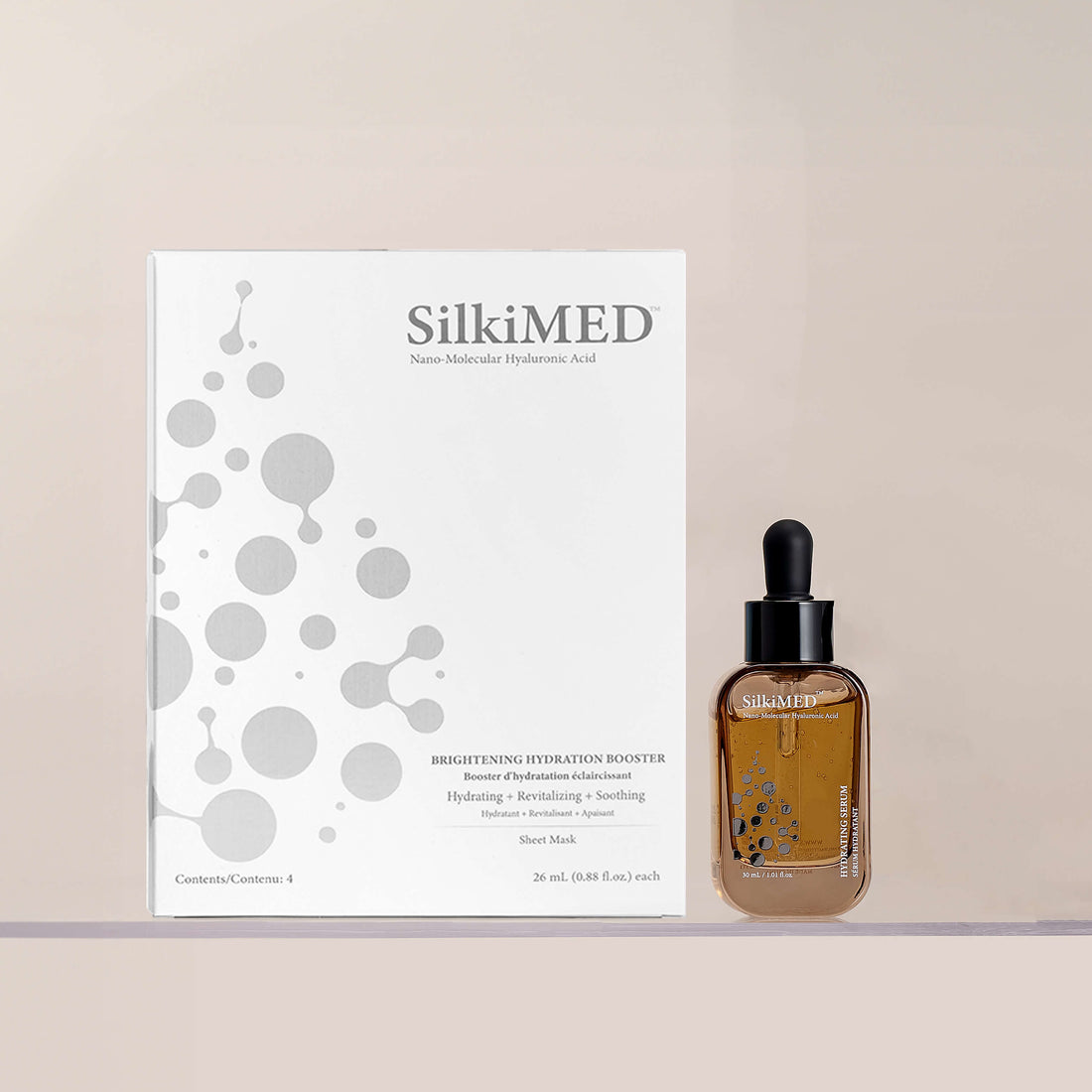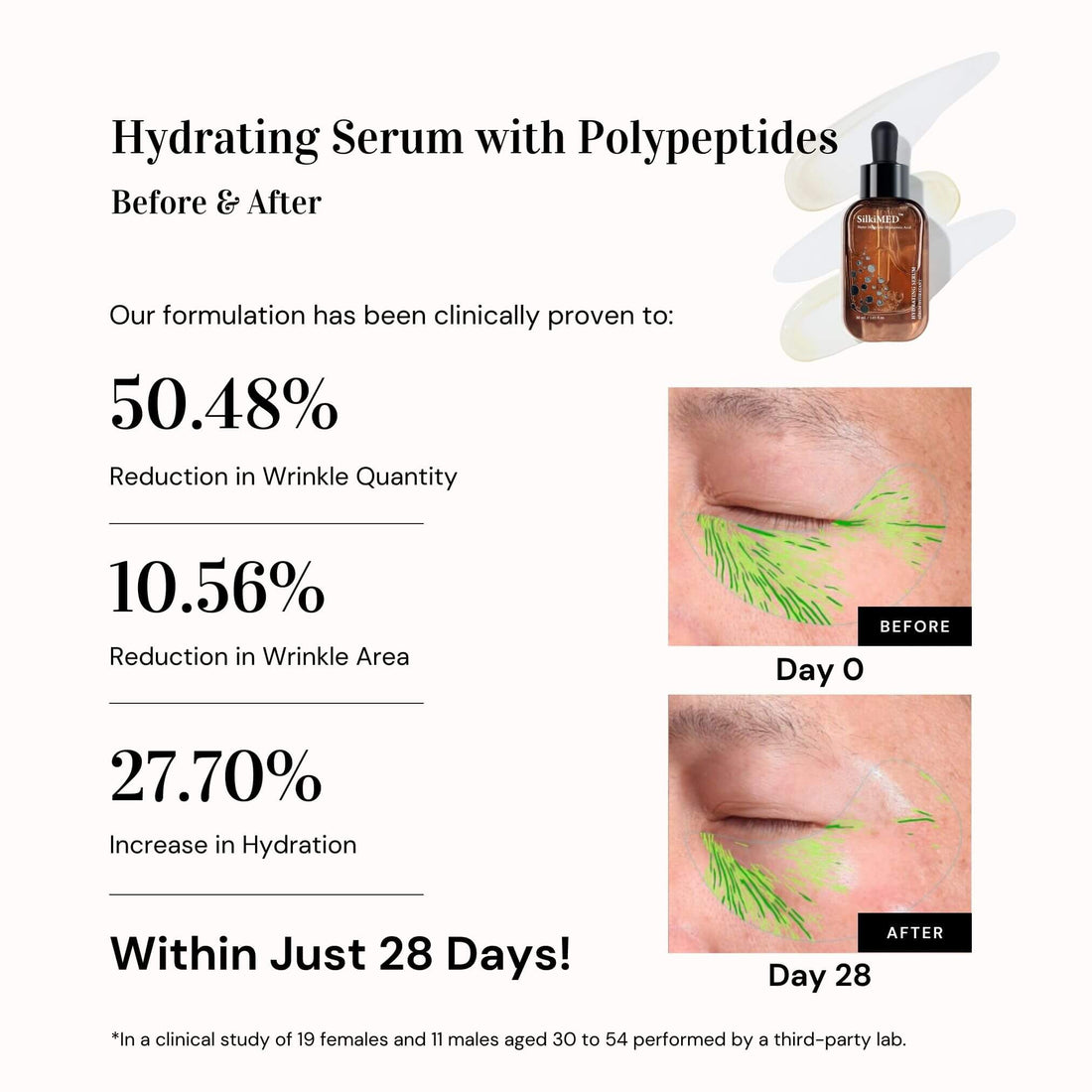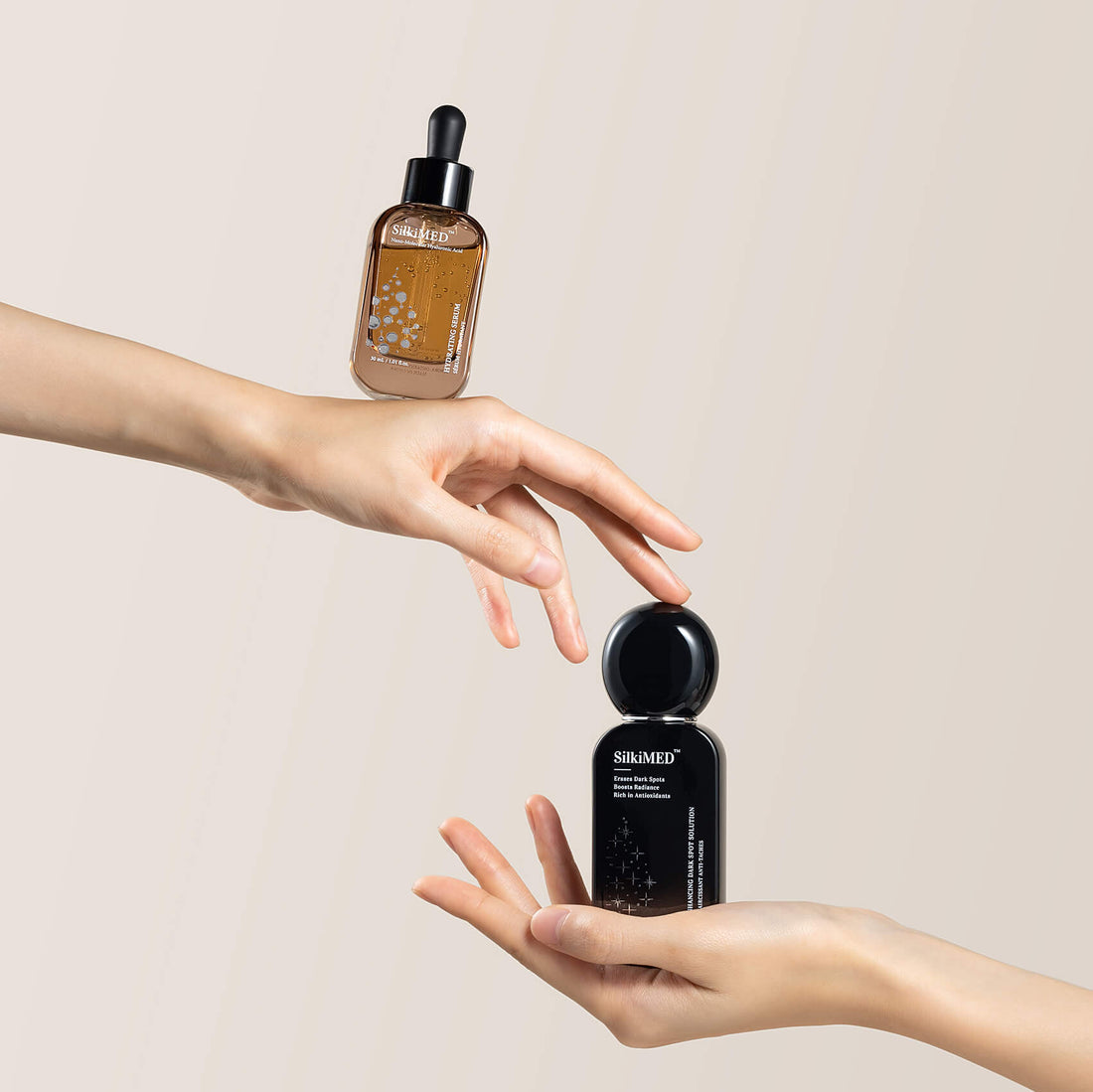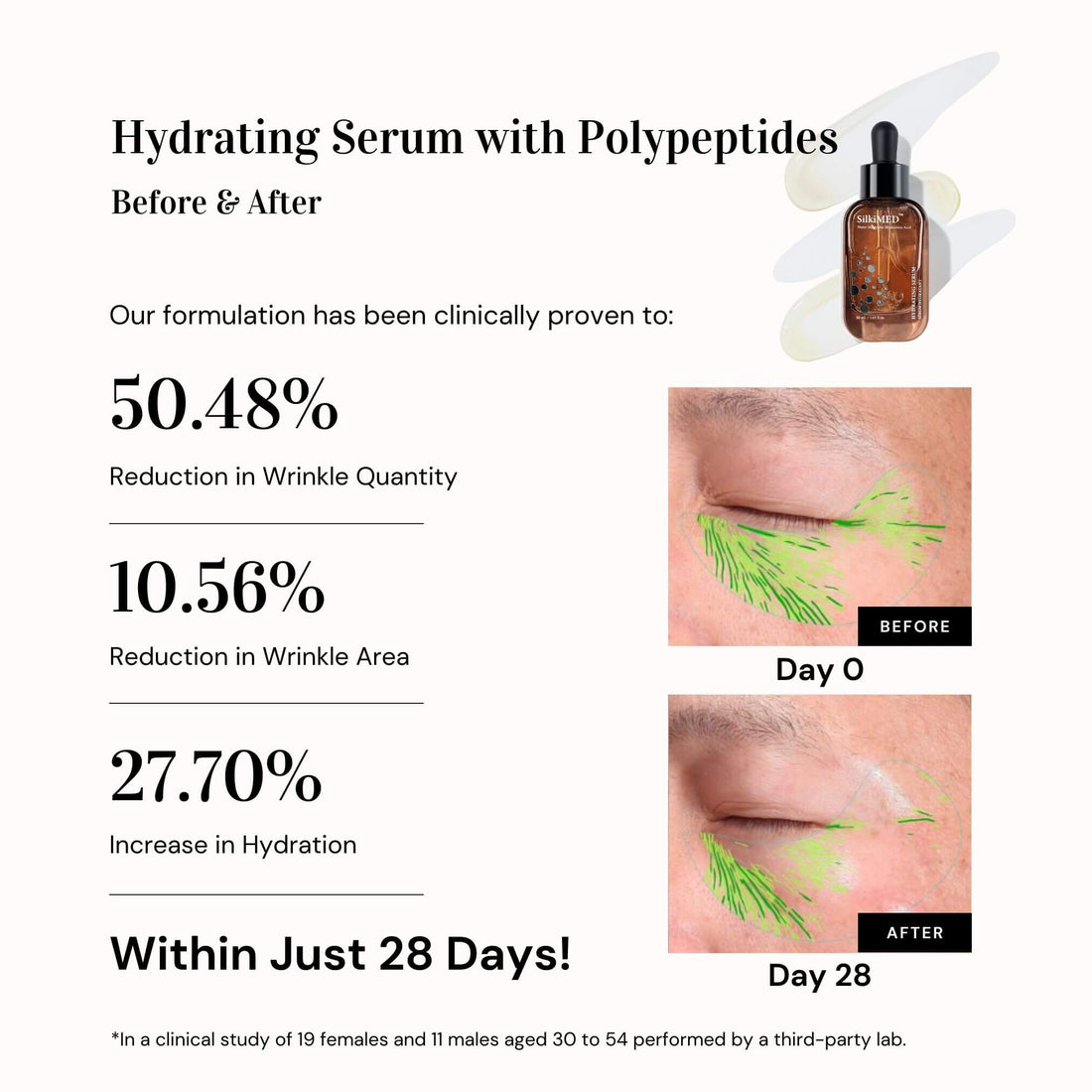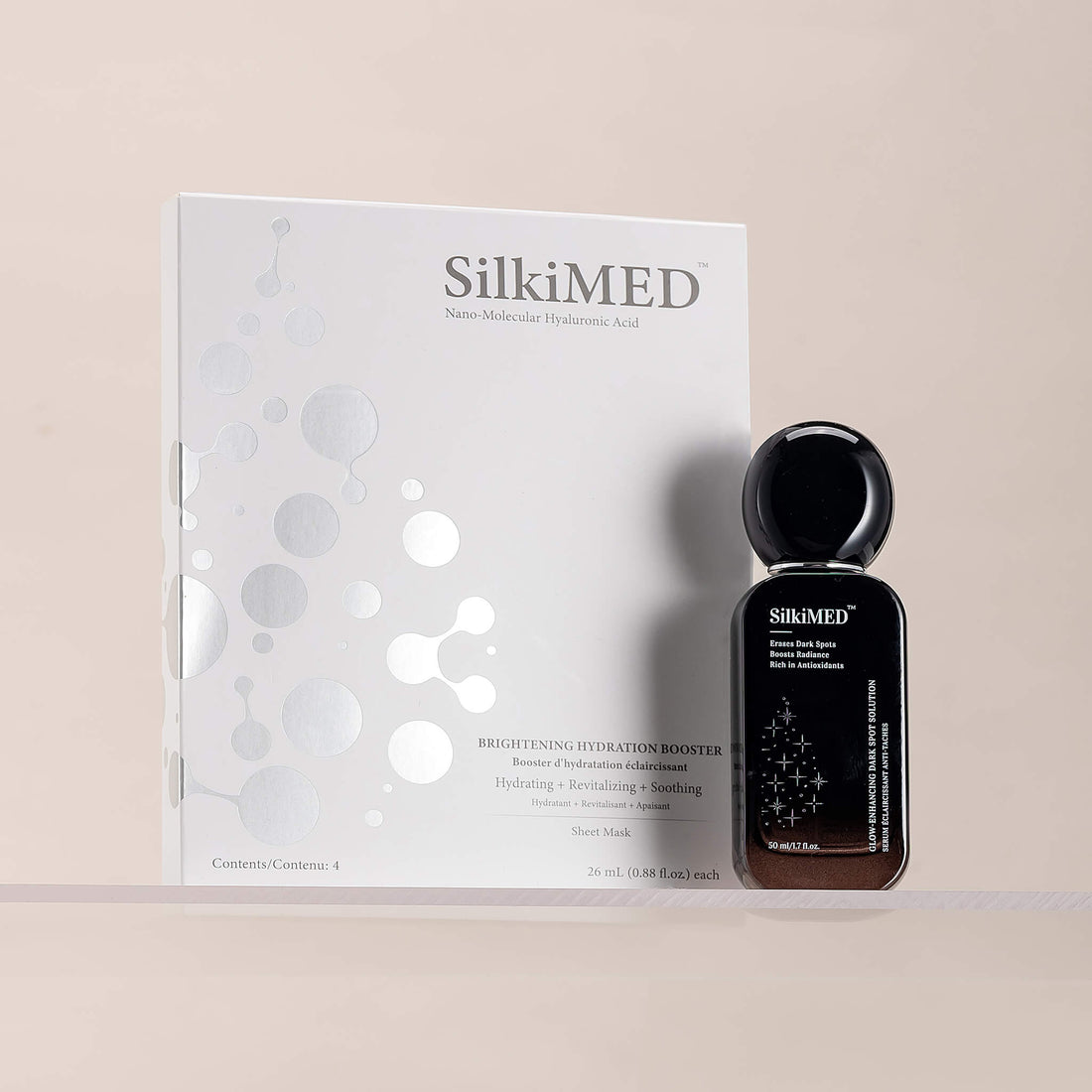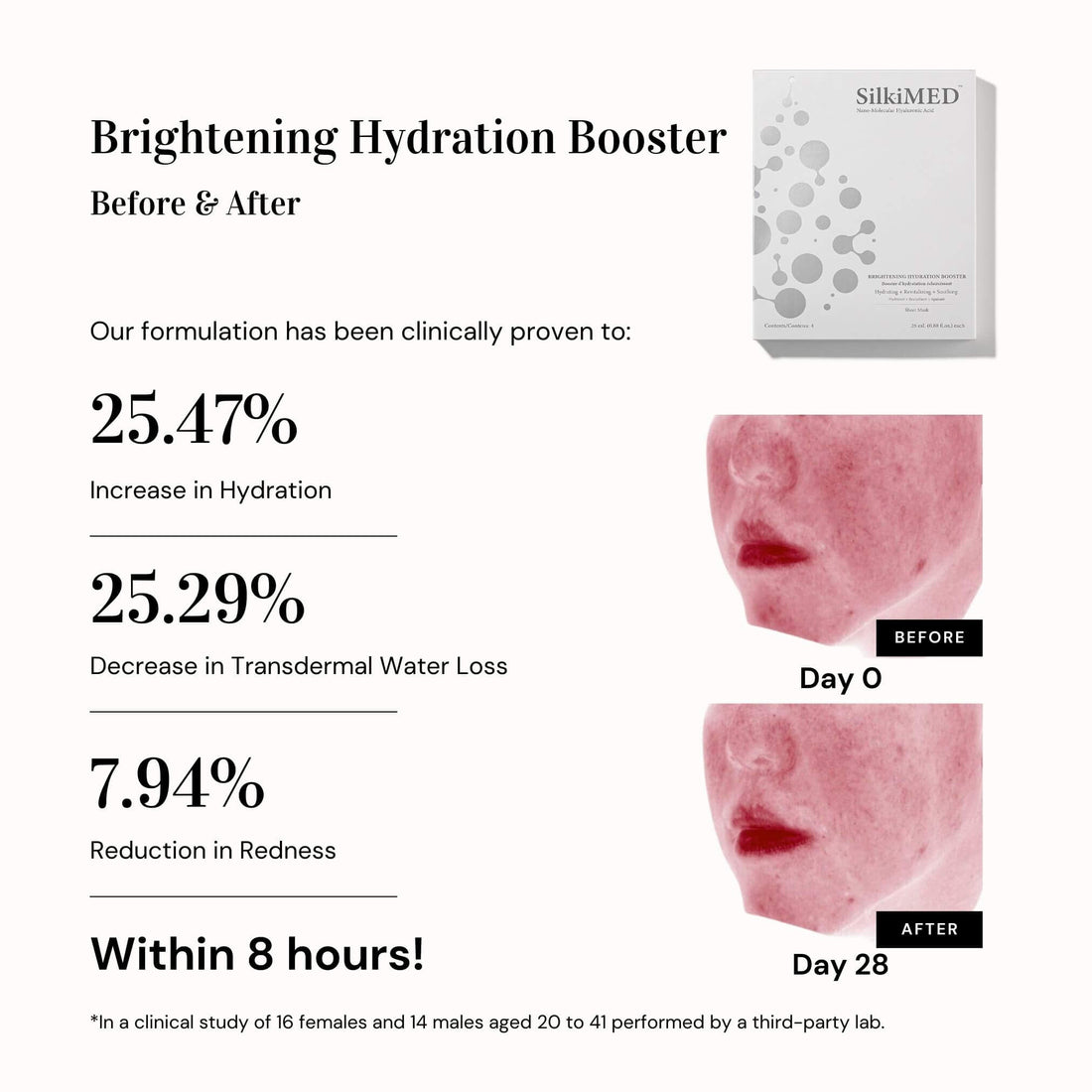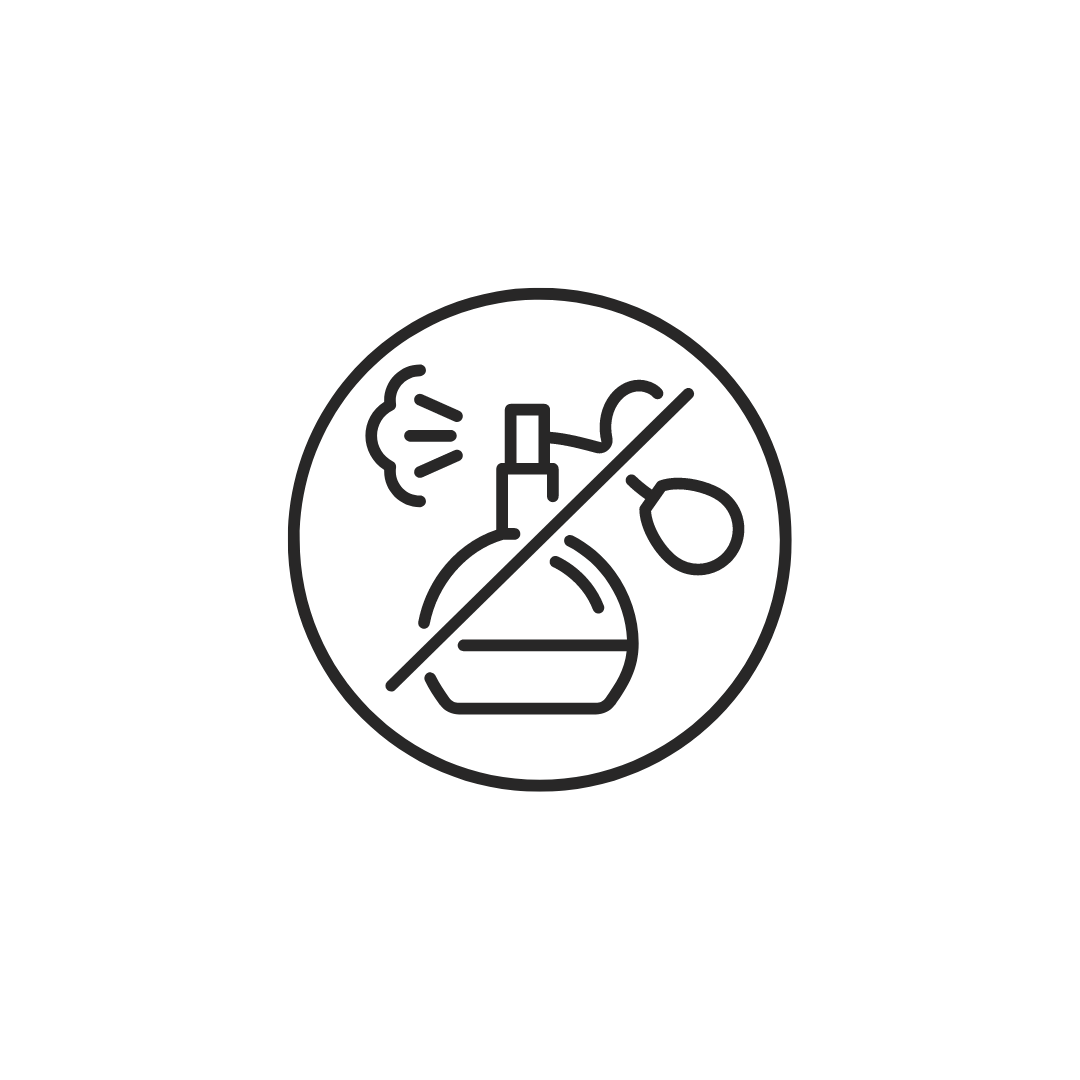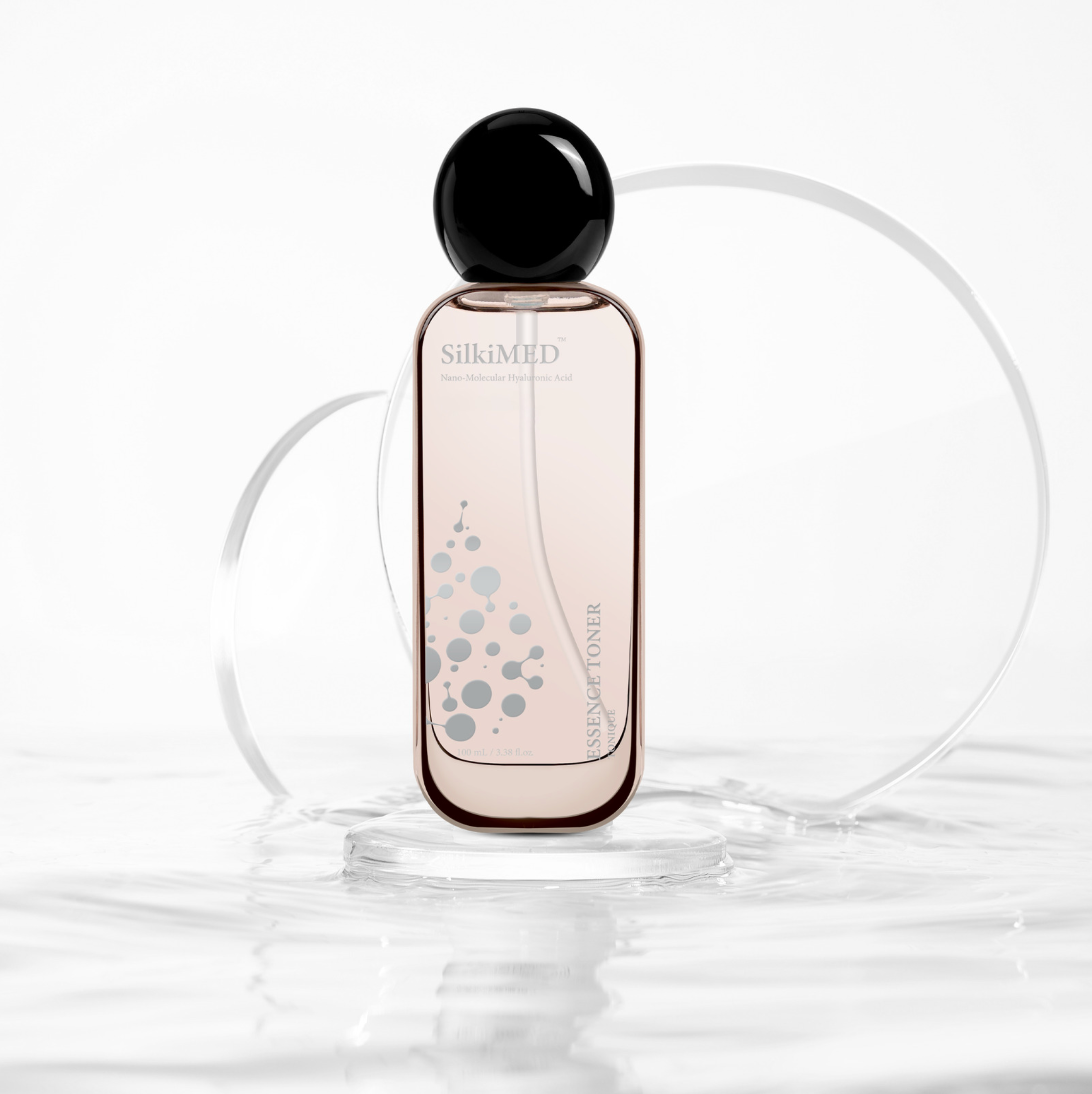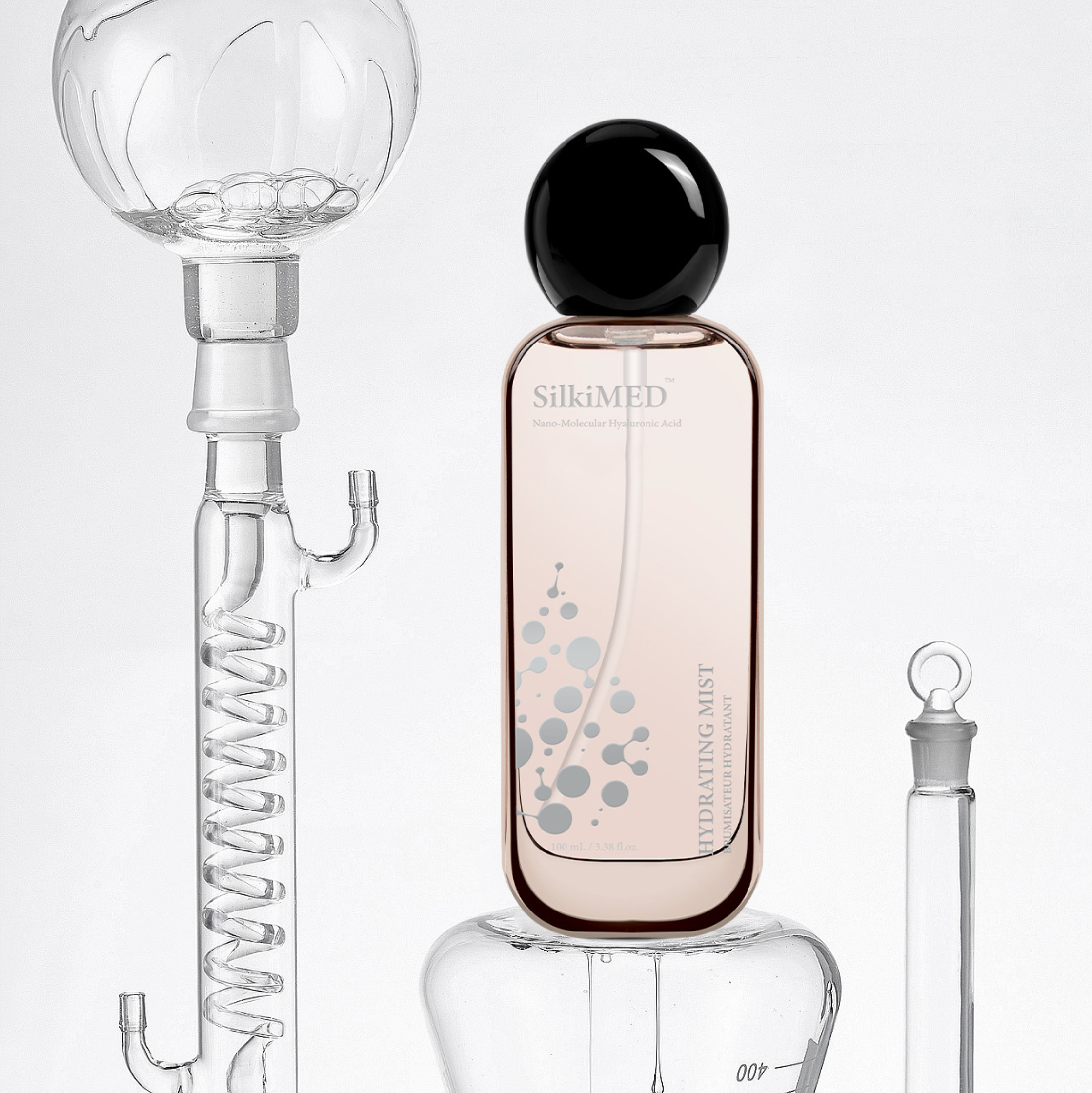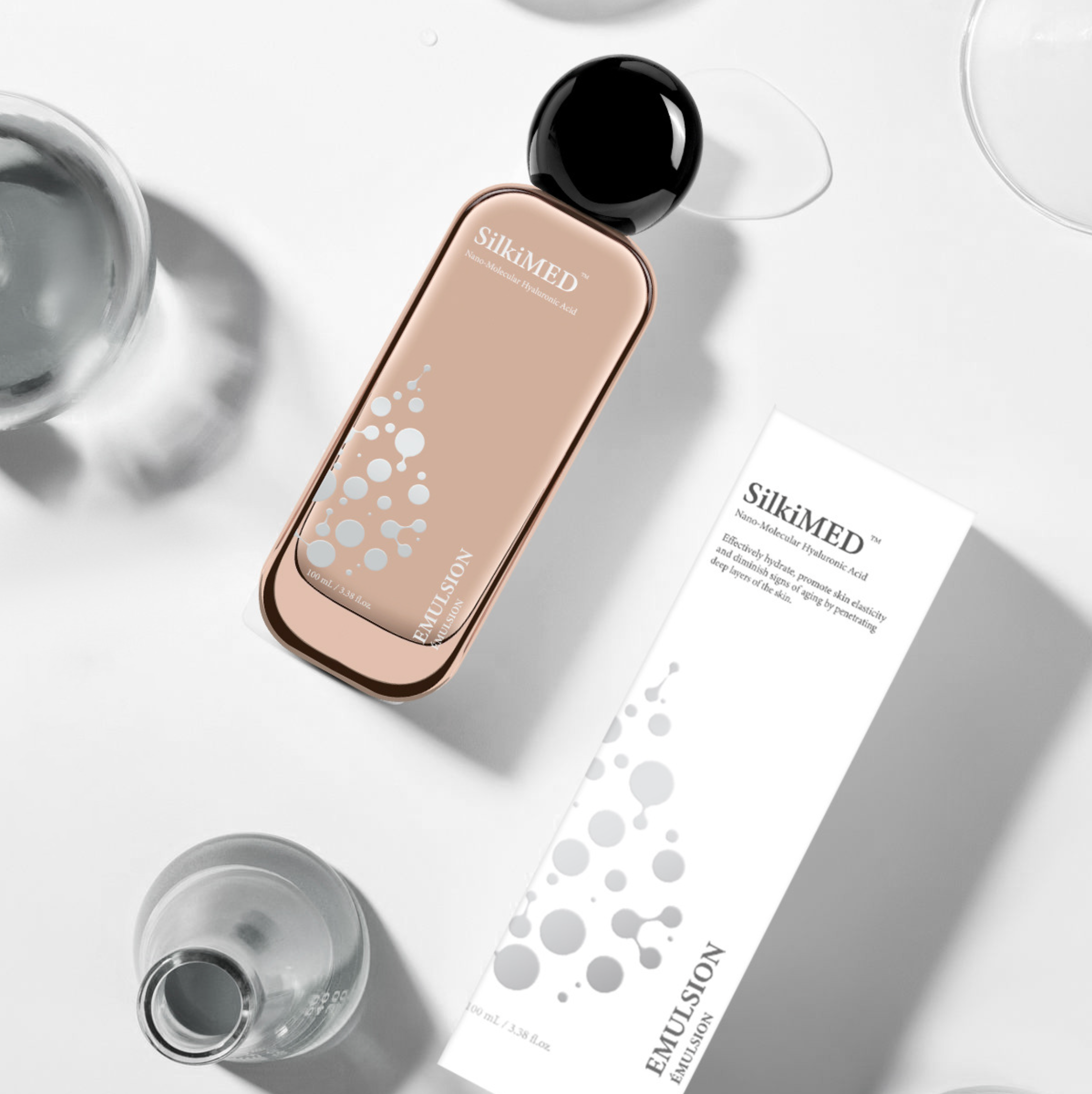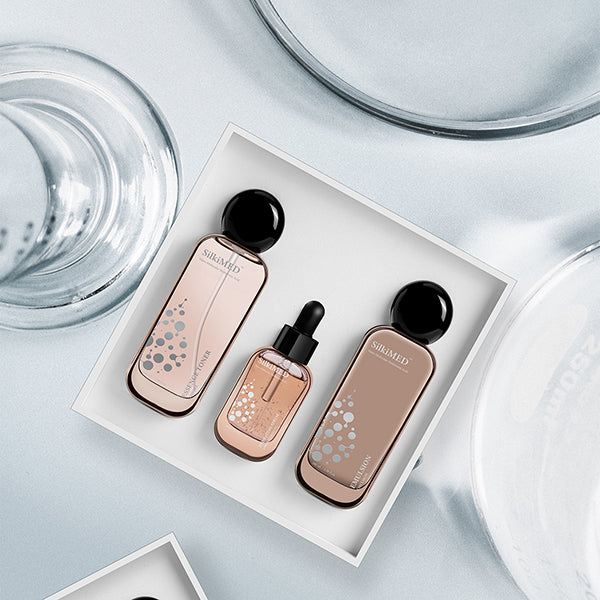8 products
-
Hydrating Serum with Polypeptides
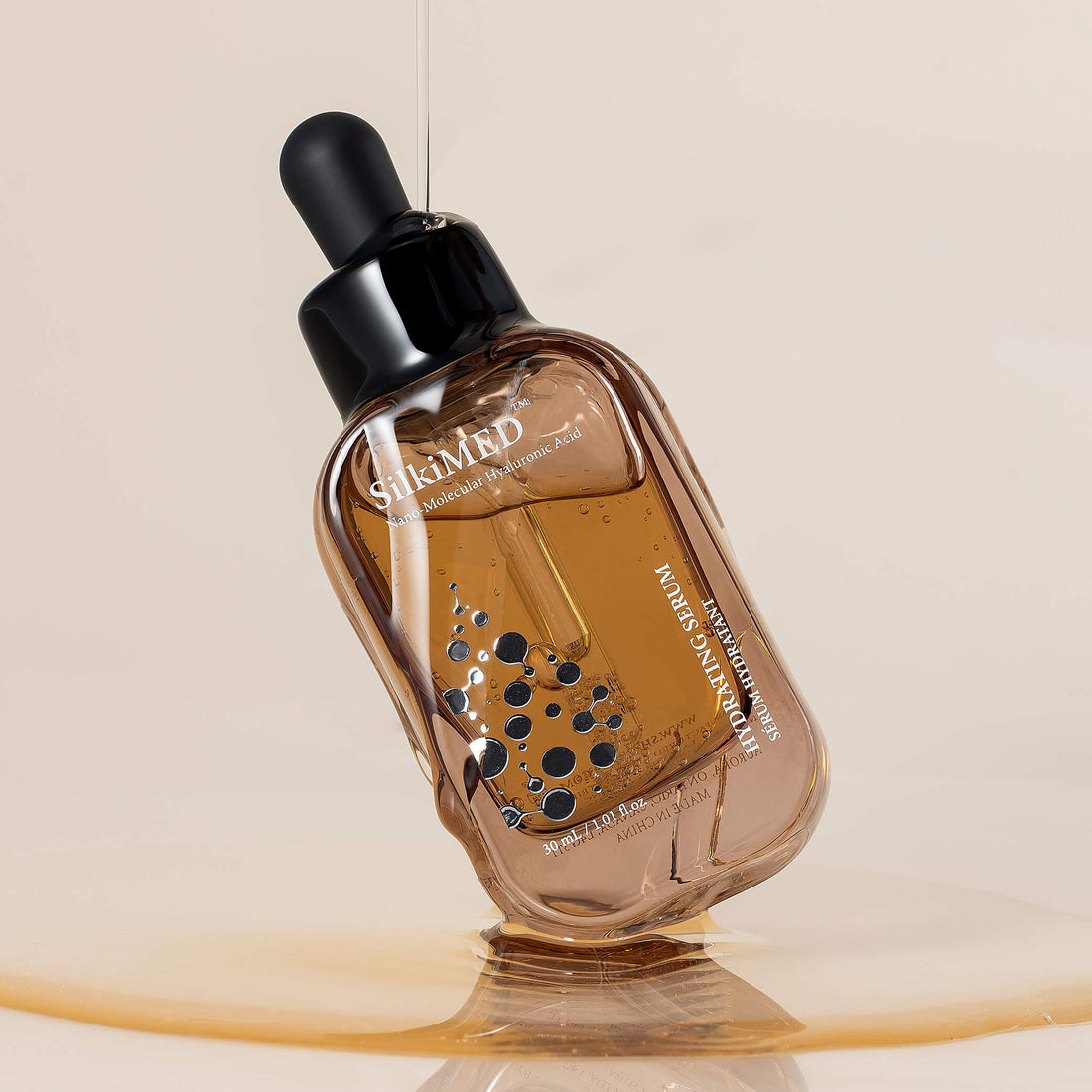
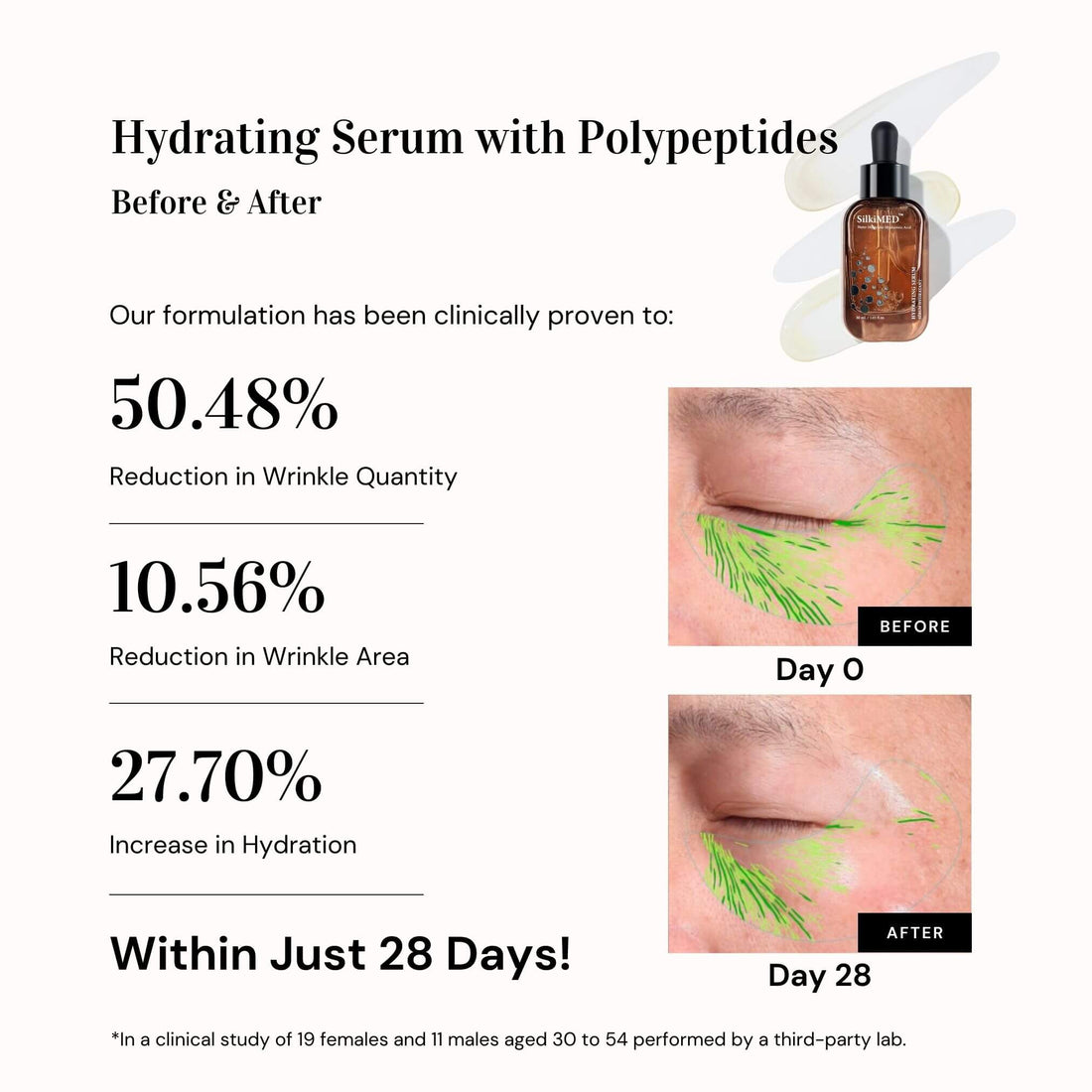 Vendor:Hydrating Serum with Polypeptidessilkimed
Vendor:Hydrating Serum with Polypeptidessilkimed- Regular price
-
$65.00 - Regular price
-
- Sale price
-
$65.00
-
Brightening Hydration Booster (4)
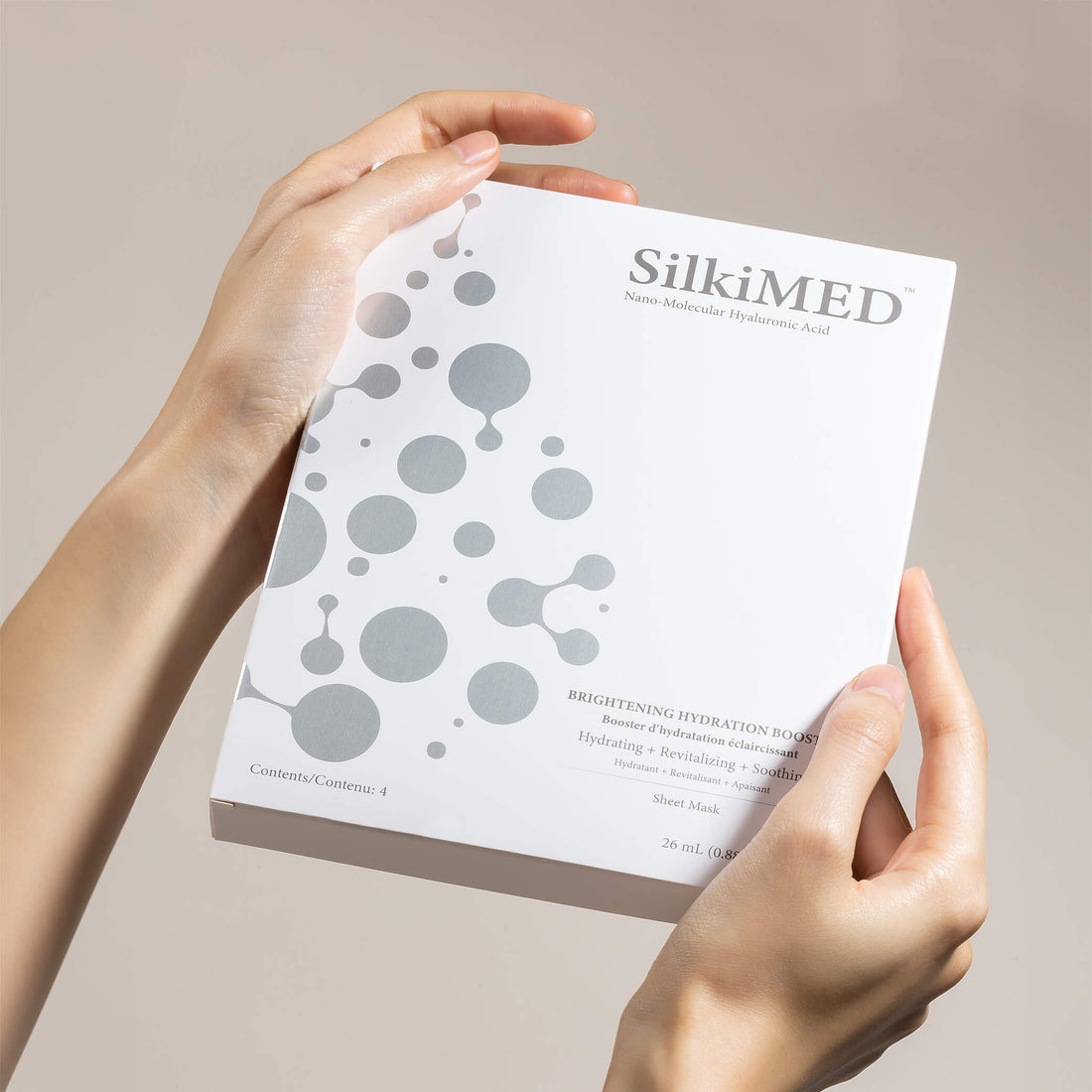
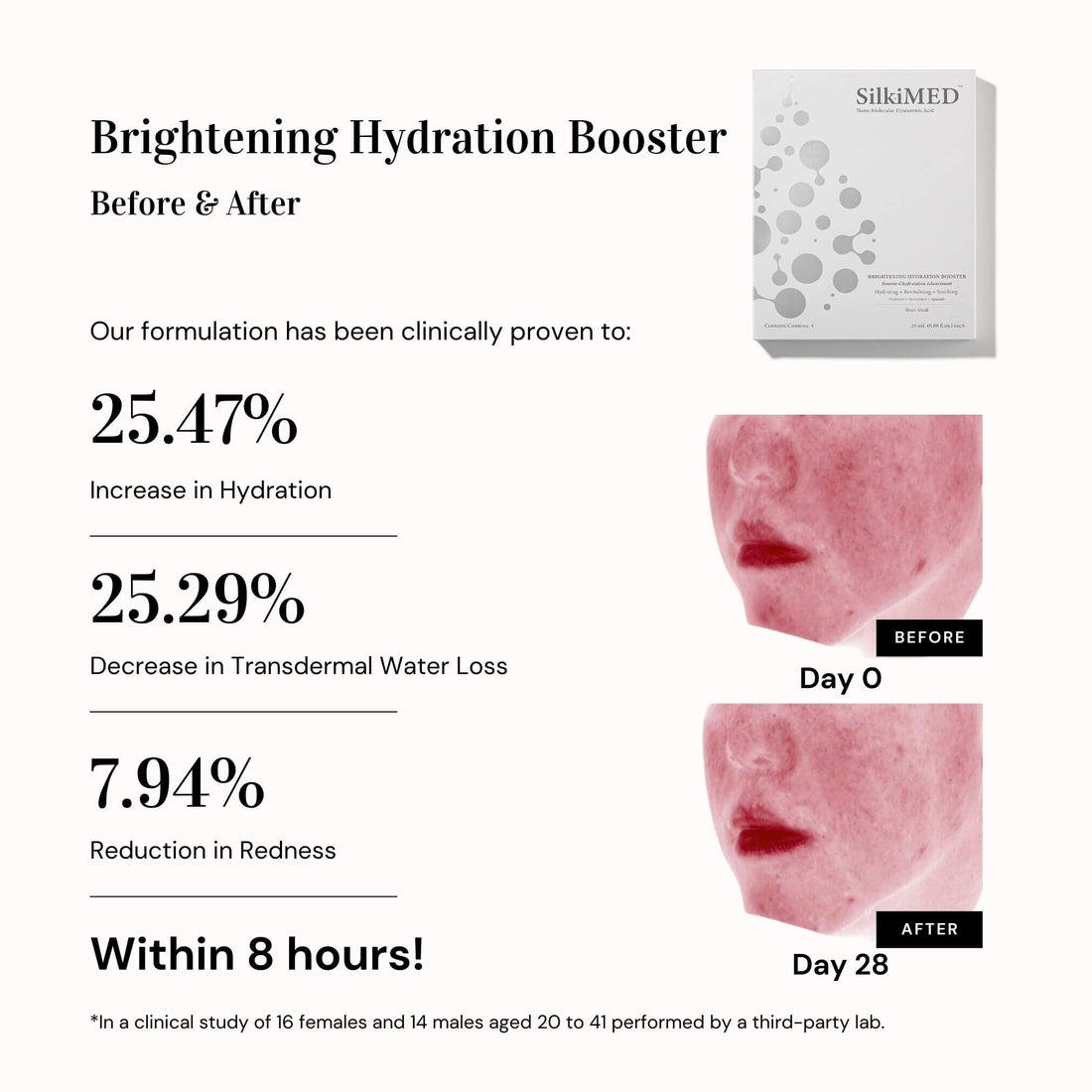 Vendor:Brightening Hydration Booster (4)silkimed
Vendor:Brightening Hydration Booster (4)silkimed- Regular price
-
$28.00 - Regular price
-
- Sale price
-
$28.00
-
OHA Comprehensive Set
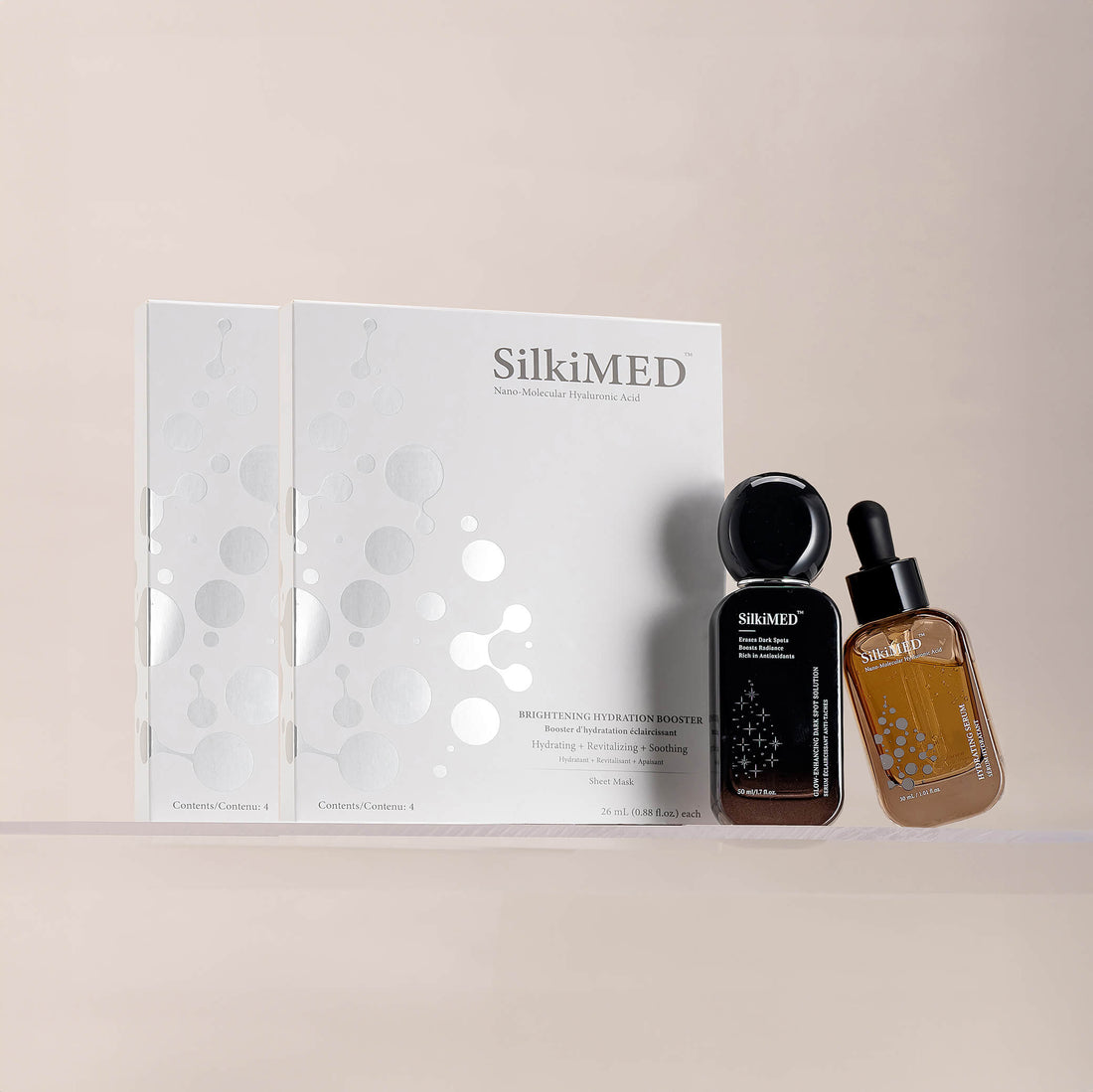
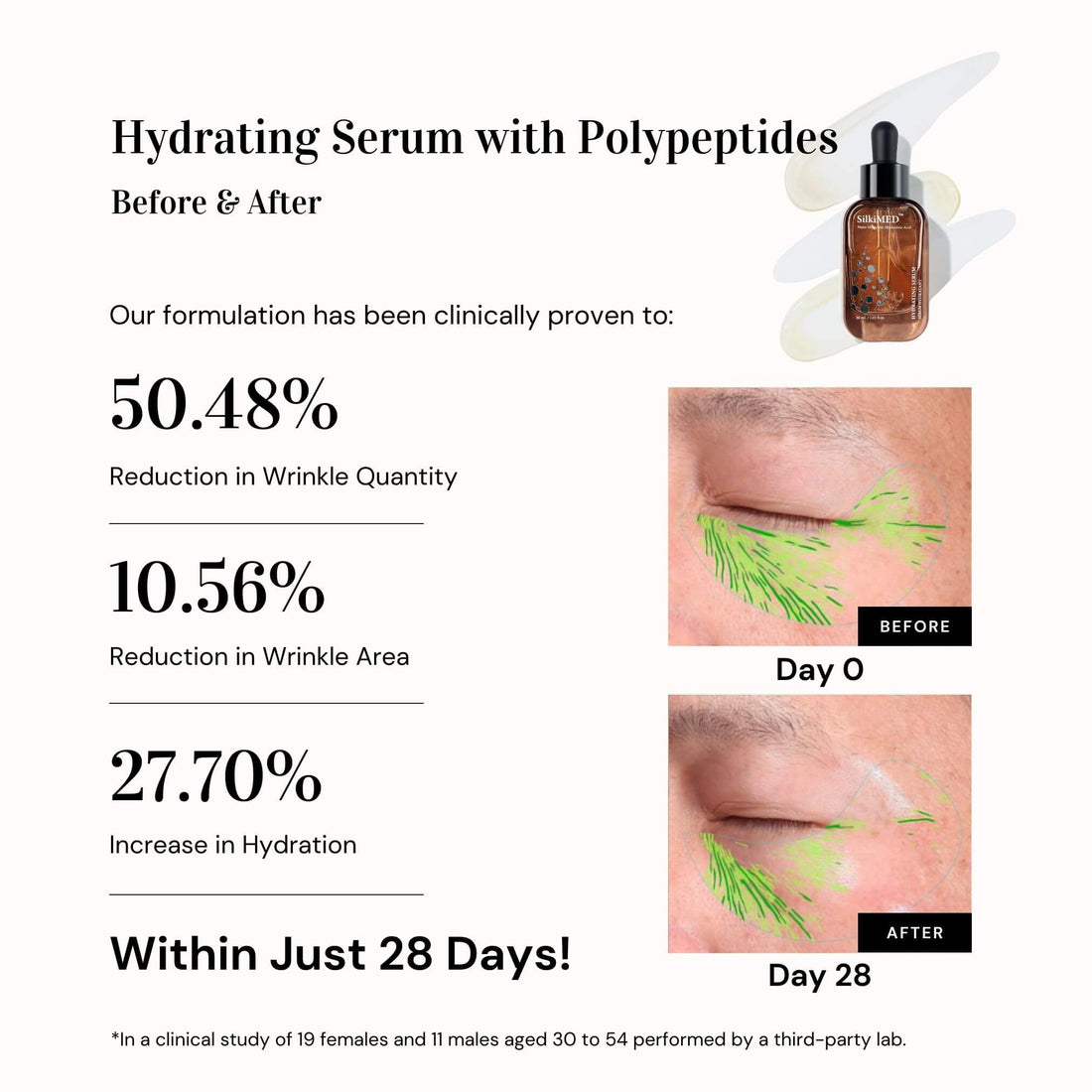 Vendor:OHA Comprehensive Setsilkimed
Vendor:OHA Comprehensive Setsilkimed- Regular price
-
$135.99 - Regular price
-
$195.50 - Sale price
-
$135.99
-
Glow-Enhancing Dark Spot Solution
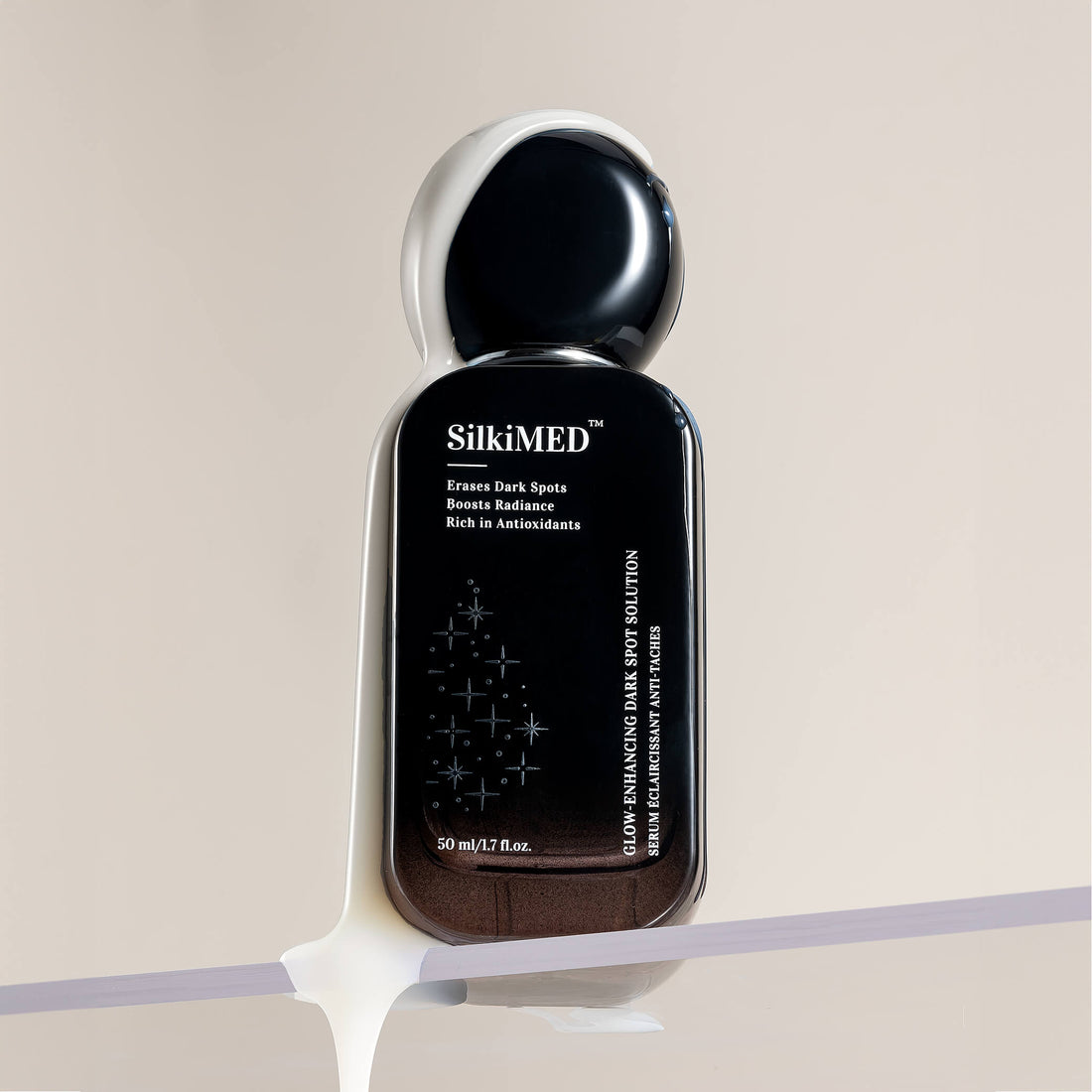
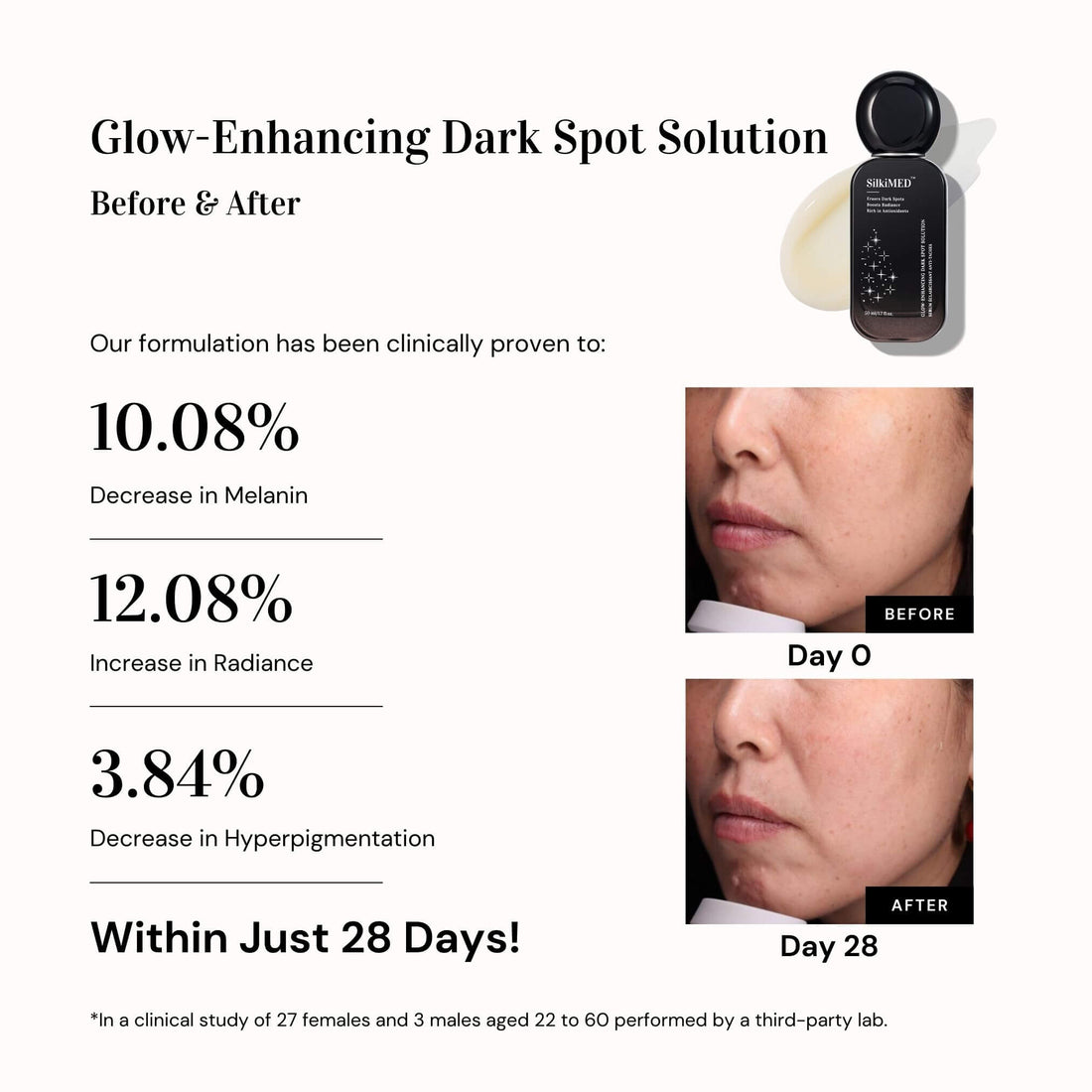 Vendor:Glow-Enhancing Dark Spot Solutionsilkimed
Vendor:Glow-Enhancing Dark Spot Solutionsilkimed- Regular price
-
$74.50 - Regular price
-
- Sale price
-
$74.50
-
Brightening Hydration Booster (1)

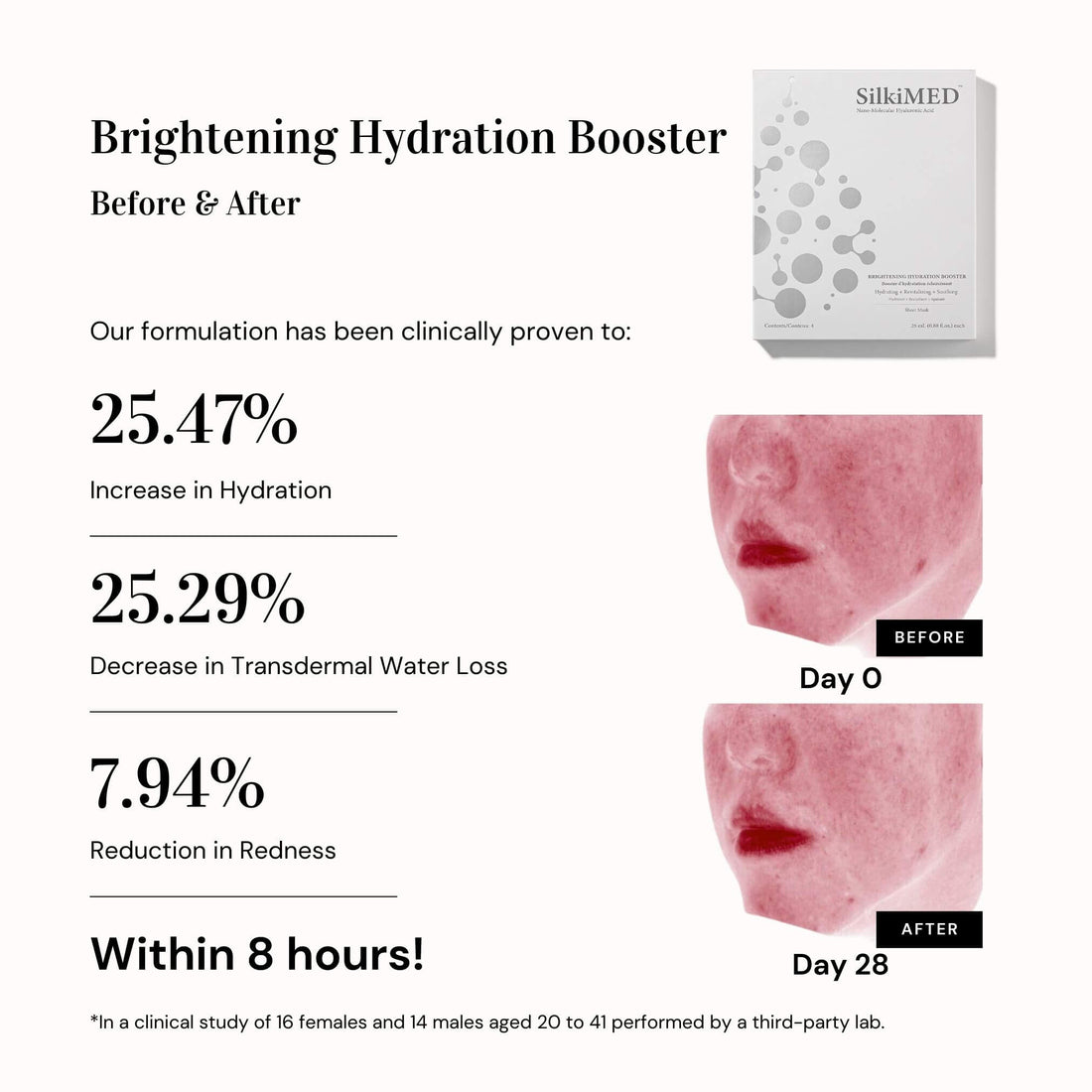 Vendor:Brightening Hydration Booster (1)silkimed
Vendor:Brightening Hydration Booster (1)silkimed- Regular price
-
$9.00 - Regular price
-
- Sale price
-
$9.00
Coming Soon
If you got rosacea, then you are no stranger to skin flushing, pustules, and papules. This skin disease can become more annoying as the years go by.
A lot of people are going through the same thing. In fact, about 14 million Americans have rosacea. According to clinical studies, the condition affects more than 5% of the global population. Most of those affected are 30 to 50 years old.
People with fair skin, especially women, are more diagnosed with rosacea. Here is a quick look at the potential triggers, and ways to curb the symptoms.
What Is Rosacea?
Rosacea is a chronic inflammatory skin disease. It causes the skin to appear red or flushed. The redness tends to affect the central part of the face. For example, the cheeks, chin, and nose. But, you can also experience eye complications, like burning, red, or watery eyes.
Even though this skin condition can affect anyone, it is often recorded in middle-aged women with blonde hair, blue eyes, and white skin. People with darker skin are less likely to develop it.
Research indicates that 10% of people in Sweden and 2 to 3% of those in Germany and France have rosacea. Family history was found in 15% to 40% of the patients.
Different Types of Rosacea
To understand what is rosacea, we need to take a look at the various types. Since this is a complex disease, it is classified into subtypes.
These include:
- Erythematotelangiectatic: This subtype triggers frequent episodes of flushing and persistent redness. You may experience facial swelling, stinging, or burning sensations.
- Phymatous: This subtype causes thickened skin with uneven lumps and enlarged pores. These rosacea symptoms often affect the nose. But, they can also show up on the forehead, chin, and ears. It’s more recorded in men than women.
- Papulopustular: This subtype leads to blemishes filled with pus, red bumps, and pustules. Facial flushing and redness might also occur.
- Ocular: This subtype affects the eyes. It can trigger itchiness, burning, redness, and inflammation.
What Are the Symptoms of Rosacea?
Everyone experiences rosacea symptoms differently. For example, there can be periods of flare-ups and times when the condition goes into remission. The pattern may vary from patient to patient.
But, overall, you can expect:
- Rash. The condition can temporarily change the texture, feel, and color of the skin. Flare-ups can make the skin appear swollen or irritated.
- Redness on face. Your face is more prone to unintended blushing and flushing.
- Thickened skin. You can develop thickening of the skin or rounded bumps.
- Prominent blood vessels. The small blood vessels can become more pronounced.
- Skin discomfort. The area can feel tender, and hot, with burning-like sensations.
- Eye problems. The ocular subtype can make the eyes feel dry, watery, itchy, or red.
In some cases, the condition can progress. From short-term flushing, it can lead to more persistent symptoms and trigger a rash. Consult with a dermatologist to take care of the rosacea skin.
Where Can Rosacea Occur in Your Body
Most of the time, the condition appears on the mid-face, like the cheeks and nasal bridge. But, many people develop symptoms across their chin, forehead, chest, scalp, and neck.
The prevalence rates for eye problems in rosacea patients range from less than 10% to over 50%.
Phymatous rosacea, for example, can affect the skin on the ears and eyelids. Over time, the irritation and redness can extend to the neck
What Causes Rosacea?
More research is necessary to determine the exact cause of a rosacea face. But, some experts believe it has a lot to do with an overactive immune system, genetic predisposition, and hormones. Bad hygiene can’t lead to rosacea.
But, there are a couple of rosacea triggers that could contribute to flare-ups. These include:
- Certain beauty products (i.e. irritating toners, harsh peels, fragrances, etc)
- Medications such as beta-blockers, topical steroids, niacin, etc.
- Physical activity
- Constant mental stress
- Cold or hot climate
- Spicy foods
- Alcohol
- Very hot drinks
- Wind or sun
What Are the Solutions to Ease Rosacea
Many people want to know how to get rid of rosacea permanently. Sadly, this is a long-term condition. So, you can only mitigate the symptoms.
Remember: our skin reacts differently to various ingredients. The products that produce reliable results for one, might not work for another. Your dermatologist can help you find a medication that helps with your particular skin type.
But to give your skin the natural boost it requires and keep the flare-ups at bay, you need a beauty routine fit for sensitive skin. The solutions below may offer some relief.
1) Cleanse Your Face More Frequently
Facial cleansing is a fundamental strategy in controlling flare-ups with acne rosacea.
Based on a survey of more than 1,600 rosacea patients, 78% stated that regularly cleansing their face curbed their symptoms. More than 69% washed their face 2 times a day, and 24% did it once a day.
The Brightening Hydration Booster Sheet Mask from SilkiMED is specifically designed to soothe, moisturize, and brighten the skin. It comes with sodium hyaluronate, which can ease the symptoms of this inflammatory skin condition. It can make an excellent addition to your beauty routine.
2) Emphasize Facial Moisture
Hydrating ingredients can be worth a shot as they trap the water in the skin. The more moisturized the face is, the easier it is to calm the irritation, itching, and burning sensations.
The Hydrating Serum with Polypeptides offers intense hydration that could mitigate the rosacea symptoms. The formula supplies the skin with Palmitoyl Pentapeptide-4. This ingredient can maintain the diversity and balance of the skin’s microbiome. It can also boost natural rejuvenation.
3) Avoid Direct Sunlight
Based on clinical reports, UV exposure is associated with all important aspects of rosacea. That includes skin inflammation, widened blood vessels, and skin thickening.
Applying sunscreen and using protective clothing is the cornerstone of managing the symptoms. Wear sunglasses, and a hat, and stay in the shade. You need products with at least 30 SPF. If you live in areas with a hot and dry climate, use 50+ SPF.
Opt for sunscreens that contain mineral or physical filters with titanium dioxide and zinc oxide. Many people prefer water-based solutions, instead of oil-rich formulas, to avoid clogging their pores.
4) Choose Skin Care Product That Compatible with Your Skin Types
There are plenty of products out there that can clog the pores, irritate the skin, and cause a reaction. Normal skin is relatively easy to treat. But, when you are dealing with an inflammatory condition, you need to take extra precautions.
To find the right cream for rosacea, opt for hydrating, nourishing, and soothing compounds. SilkiMED products are mild and suitable for universal skin types. Our products are packed with the richest sources of antioxidants that comfort the skin.
5) Avoid Physical Contact with Your Skin
Be careful about touching your skin with dirty hands. It is easy to contaminate the face. The cell phones we are using are teeming with bacteria, which you can transfer to your skin. If your skin is very oily, your hands can spread the oil all over the face, clog the pores, and cause zits.
What you should do instead is wash your hands with soap. Then dry them with a clean washcloth.
Rosacea FAQs
What Foods Should I Avoid If I Have Rosacea?
The most frequent rosacea triggers are spicy foods, alcohol, hot drinks, processed meats, citrus fruits, wine, aged cheese, and chocolate. So, it may be best to avoid them.
What Should You Not Do with Rosacea?
Don’t spend too much time outside in the midday sun. Especially in the middle of summer. Heat can create flare-ups, so don’t take long hot showers or super hot baths. Keep the water warm instead.
What Triggers Rosacea?
Various rosacea triggers exist. Some of these can include heat, stress, UV exposure, certain medications, alcohol, weather changes, etc.
How Do You Recognize Rosacea?
Pay attention to the rosacea symptoms. These are redness, stinging or burning, broken blood vessels, skin roughness, bigger pores, etc.
Is Rosacea Contagious?
The condition is NOT contagious.
How Long Does Rosacea Last?
The typical ongoing duration is about 13 years. But, in some cases, the condition can clear up after 9 years






